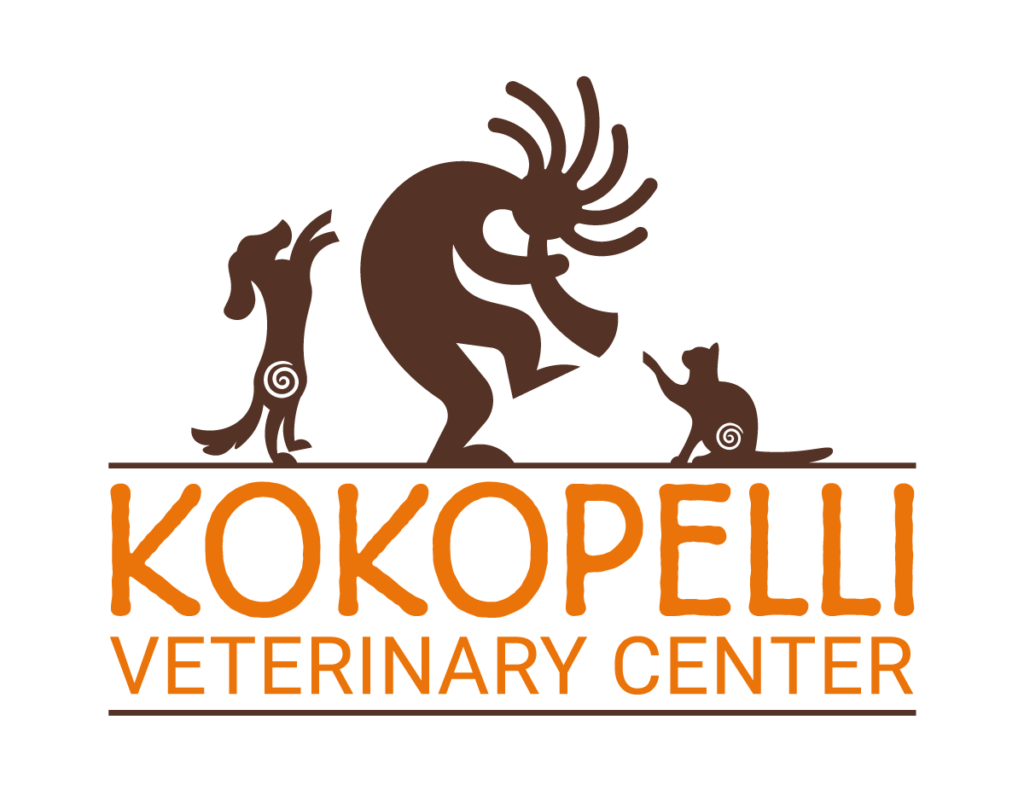I have never fully agreed with the anthropomorphizing of our pets. I don’t think it’s because I love my pets any less than people who give their pets human attributes. My love of animals is as deep and strong as anyone’s. I mean, I chose to be a veterinarian, for goodness’ sake. But putting animals in the place of people never felt right. Keeping that division in my mind between people and animals didn’t diminish my love and appreciation of them. It was just a different perspective.

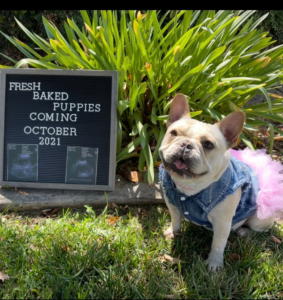
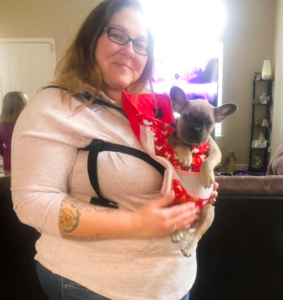
First Image: Sarabi in a pink dress, Second Image: Sarabi’s pregnancy announcement Photo, Third Image: Nala in a carrier
Owner: Rosemary Seely
I remember a semi-dramatic experience that may explain partially why I feel the way I do. It was a case I saw as an intern, my first year out of vet school. A young woman had a Pomeranian whose name was “Jennifer” (the Pomeranian, not the woman). I can’t remember what was wrong with Jennifer, but I do remember that as I began discussing it with the owner, I said something like, “I believe what is going on with your little dog is…” but she interrupted me and said indignantly and much offended, “This is not a little dog! This is a little girl!” And she covered the dog’s face with kisses. I still refused to call the dog a “little girl,” but I did from there forward call her “Jennifer,” instead of “little dog.”
I have never again met another dog named “Jennifer.” It’s not really a “dog” name, IMHO. I feel like there are some names that are just for dogs, like Buckshot, Buster, Cookie, Chewy, Echo, Fluffy, Ghost, Jinx, Lady, and Spike; some names are just for people, like James, Jennifer, Heather, Diana, David, and Matthew, (and Bruce!); and there are some names that seem to flow easily for both species, like Abby, Baxter, Bella, Cleo, Daisy, Fred, Gigi, and Jake. I realize and fully accept that this is just my opinion, and I don’t think I’m right and others are wrong here. I’m just expressing what it feels like for me. We have wonderful canine patients named “Heather” and “Diana.” And I’m aware of “Buster” Keaton, “Spike” Lee, “Lady” Gaga, and “Cookie” Lyon…but they are all celebrities with loud personalities to fit their names. I don’t think that I’m totally on my own here. For example, we have never seen a patient named, “Alyssa.” Most of you will be familiar with my wonderful colleague, Dr. Alyssa Shelby, well-loved and appreciated by our Kokopelli family. She has the dubious distinction of having (currently) 4 dogs and a cat named after her. All of them are named “Shelby,” none of them “Alyssa.” Why is that? I think it’s because “Shelby” flows nicely between species, but “Alyssa” just seems too human.

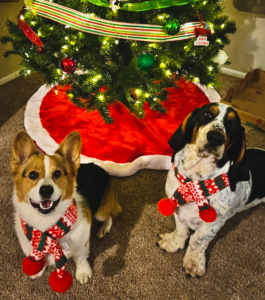
First Image: Bronn & Ned dressed as the super mario brothers, Second Image: Bronn & Ned with the family Christmas tree
Owner: Alyssa Shelby
I’ve met a few dogs named “Bruce.” One of them was called that because his registered name had “Batman” in it, so he was named after Bruce Wayne. That particular Bruce dog was coming to see me for semen collection and it was a bit weird, I admit. I just couldn’t bring myself to say, “Good boy, Bruce!” as I manually stimulated his penis to get him to ejaculate. But another of these Bruce dogs is an impressive Doberman Pinscher who was actually named after me. And even though the name still feels a bit weird for me on a dog, I will say I was very honored and have enjoyed meeting my namesake whenever he comes by.

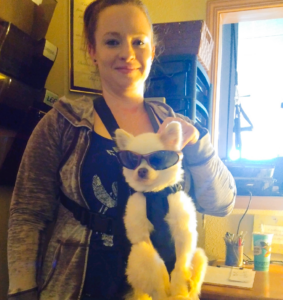
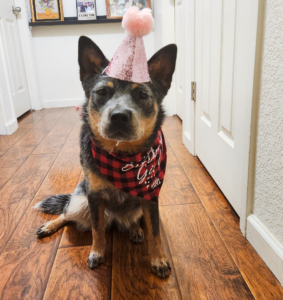
First Image: Nugget dyed pink for valentines day, Second Image: Nugget in carrier, Third Image: Koala in a birthday hat
Owner: Renae Prichard
Other aspects of bringing animals into the human sphere include calling our pets “fur babies” or “four-legged children.” We talk about pet “adoption” instead of “purchase.” Many of us refer to ourselves as a “dog mom, cat dad, or pet parent.” It is quite common in the veterinary field to refer to the clients as “mom and dad” instead of “the owners” of the pet. We send the message that our pets share status with our human children.
I do see the strong positive side to this type of thinking. I grew up in a family that didn’t allow indoor dogs and cats. My dad came from a country farming family and animals lived outside. We had a couple dogs and a few cats, and they all lived outside. Our cats all met premature ends, either by car collision or infectious disease. And our dogs lived a lonely existence, largely neglected in the backyard while their humans were inside. It wasn’t my decision, but I still regret it. And I think that if my dad had been raised to give pets more “human” attributes, he would have made different decisions about where they deserved to live and the medical attention they should have received.
For me I think that the main reason I have been uncomfortable giving too much humanism to pets is that we can’t always treat them like humans, and that needs to be OK. As a veterinarian I frequently have difficult conversations with clients about hard medical decisions. Sometimes we discuss options that may not be optimal but are the only financially available choices. Sometimes one of those options is euthanasia. That becomes untenably difficult if we are viewing the patient as a human and not a dog or a cat or a horse. It’s not even that animals are “less than.” That’s not how I look at it at all. But they are different. Importantly, they don’t have the personal awareness or the concept of “tomorrow” that humans do. So, putting an animal through suffering that may or may not have an endpoint is a different decision than for a human who can comprehend the situation.

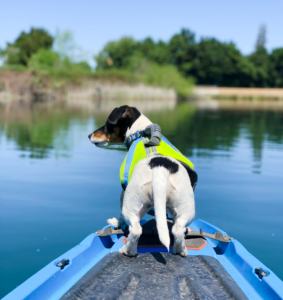
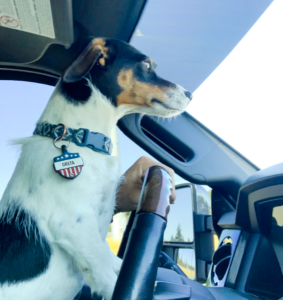
First and Second Image: Greta on the water, Third Image: Greta at the wheel of the truck
Owner: Maryann Cristler
My views on putting pets in the role of children, however, may be shifting into a grayer zone. I have a 19-year-old son and a 13-year-old daughter. Every day my iPhone spontaneously displays pictures of my kids. I see them from infancy up through being toddlers and little kids. I see the endearing looks on their faces and I remember clearly who and how they were back then. My son with his crooked smile and mischievous personality. My affectionate daughter holding her arms upstretched and asking me to carry her, “Up! Up!” They are not the same now. My son is a young adult, dealing with very adult problems. My daughter is a teenager, who doesn’t love being touched, and is dealing with all the drama that to her feels bigger than life. I cannot help but wish that they were still the little kids they once were, with little kid problems: the kinds of problems I was adept at fixing.
I am beginning to appreciate the catharsis in viewing pets like furry human members of our family. They are, like little kids, always happy to see us, ready to cover us in attention and physical shows of affection. “Up! Up!” And if they have problems, we usually can fix them. There is comfort there. I am understanding that better now. That’s progress for me and I hope it helps me be a more empathetic caregiver for my human clients and their fur babies.

Dr. Christensen’s daughter Aja, with their strictly indoor cat, Ms. Penelope Sassypants
